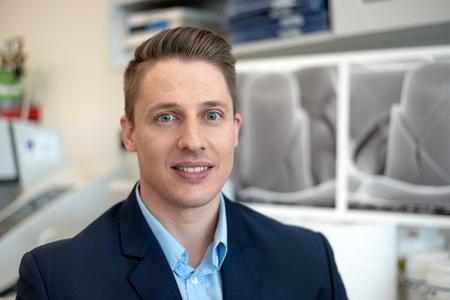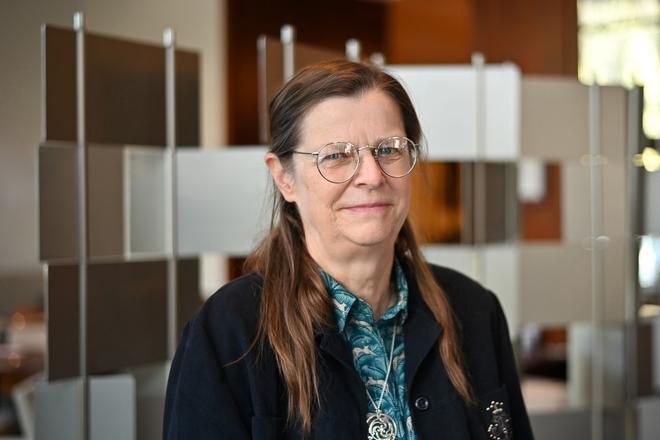Imagine coming to a clinic in the morning for a hip replacement. You are scanned, then the precise information about what you need is sent to a 3D printing system. Within a few hours a prosthetic joint exactly matching your body is fabricated, and in the afternoon a surgeon implants it into your body.
"Research is being done into this," says material scientist Anne Leriche, a professor at the laboratory of advanced ceramic materials and processes at the University of Valenciennes in France.
She recently visited Bratislava as a member of the international jury for the ESET Science Award, where she talked to the Slovak Spectator about the potential uses of ceramics – and, in particular, the use of bioceramics in human bodies.

Great properties
Usually when ceramics are mentioned, people think of pottery objects such as vessels, pots or even figurines made from clay. This is hardly surprising; these objects have been known to humans for thousands of years, and their longevity means they form one of the most important elements in the archaeological record. It has only been in the last century, due to developments in chemistry, that other kinds of ceramics have emerged, creating a relatively new area of research.
According to Leriche, ceramics can be defined as being made from inorganic material, rather than from metallic material or polymers.
"Compared to traditional ceramics, in which natural materials are used, for technical ceramics we use, for instance, purified material for which we need chemical treatment, or we synthesise the material by various processes," the professor explains.


 Material scientist Anne Leriche. (source: Linda Kisková Bohušová/ESET Science Award)
Material scientist Anne Leriche. (source: Linda Kisková Bohušová/ESET Science Award)